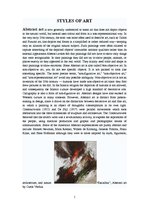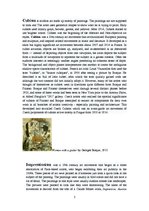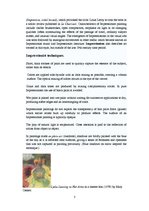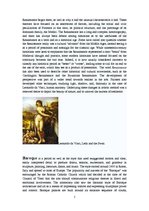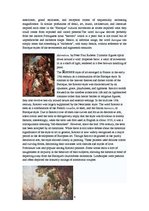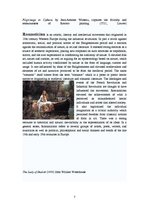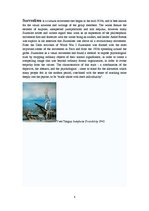Impressionism was a 19th century art movement that began as a loose association of Paris-based artists, who began exhibiting their art publicly in the 1860s. These pieces of art were painted as if someone just took a quick look at the subject of the painting. The paintings were usually in bold colors and did not have a lot of detail. The paintings in this style were usually outdoor scenes like landscapes. The pictures were painted to look like they were shimmering. The name of the movement is derived from the title of a Claude Monet work, Impression, Sunrise (Impression, soleil levant), which provoked the critic Louis Leroy to coin the term in a satiric review published in Le Charivari. Characteristics of Impressionist painting include visible brushstrokes, open composition, emphasis on light in its changing qualities (often accentuating the effects of the passage of time), ordinary subject matter, and unusual visual angles. The emergence of Impressionism in the visual arts was soon followed by analogous movements in other media which became known as Impressionist music and Impressionist literature. Impressionism also describes art created in this style, but outside of the late 19th century time period.
Impressionist techniques.
Short, thick strokes of paint are used to quickly capture the essence of the subject, rather than its details.
…
In the very early 20th century, the term was more often used to describe art, such as Cubist and Futurist art, that depicts real forms in a simplified or rather reduced way—keeping only an allusion of the original natural subject. Such paintings were often claimed to capture something of the depicted objects' immutable intrinsic qualities rather than its external appearance. Abstract artists felt that paintings did not have to show only things that were recognizable. In their paintings they did not try to show people, animals, or places exactly as they appeared in the real world.

